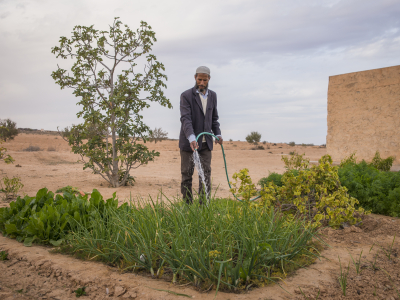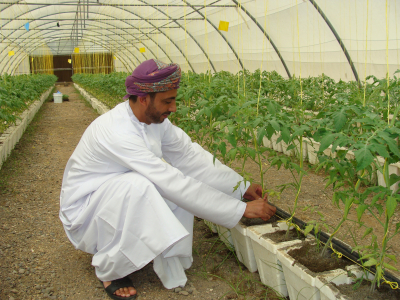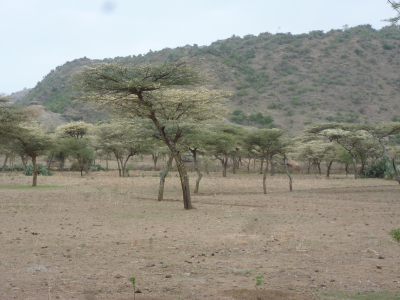ABOUT US




There is widespread concern over the damage caused by modern agriculture to soil structure and the ecosystem services provided. One approach to overcome this problem is conservation agriculture (CA) which aims to maintain soil structure by minimizing soil disturbance, maximizing soil cover, and using crop rotation. However, despite recent legislation supporting minimum tillage and direct seeding, together with the efforts of pioneer farmers, CA is still practiced on less than 4% of the agricultural land in Europe (SoCo, 2009), while, for example, in Brazil, the share of CA is more than 60% (Mello and van Raij, 2006). The slow progress in Europe underlines the need for major improvements in the approach together with the consolidation of, and access to, information about alternative cropping methods and their biological and economic value and performance. To extend soil cover, CA uses subsidiary crops (SC) grown either as cover crops (CC) preceding or following the main crops, or as living mulches (LM) together with the main crops. There is an urgent need to review the current SC and to determine the value of other crops for use in such systems, particularly to cover the range of environmental variation across Europe. Appropriate choice and timing of use of such crops, adapted to regions, can help to minimize tillage and to reduce weed problems. Complementary development of appropriate tillage technology can also help to reduce the direct effects of soil disturbance while encouraging the establishment and development of both SC and main crops. The net effect of encouraging crop diversity within rotations should fit well with the current ecological view of positive correlations between diversity and stability, on the one hand, and between diversity and productivity on the other (Moreau, 2010).







.jpg)







